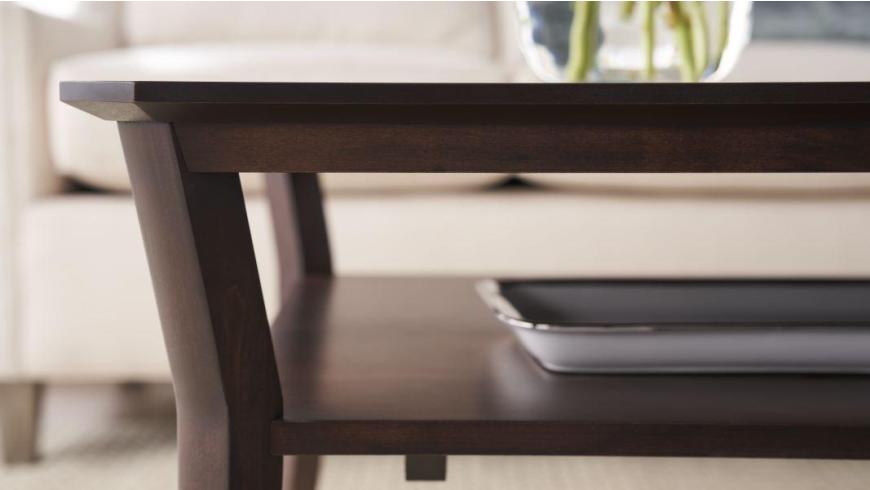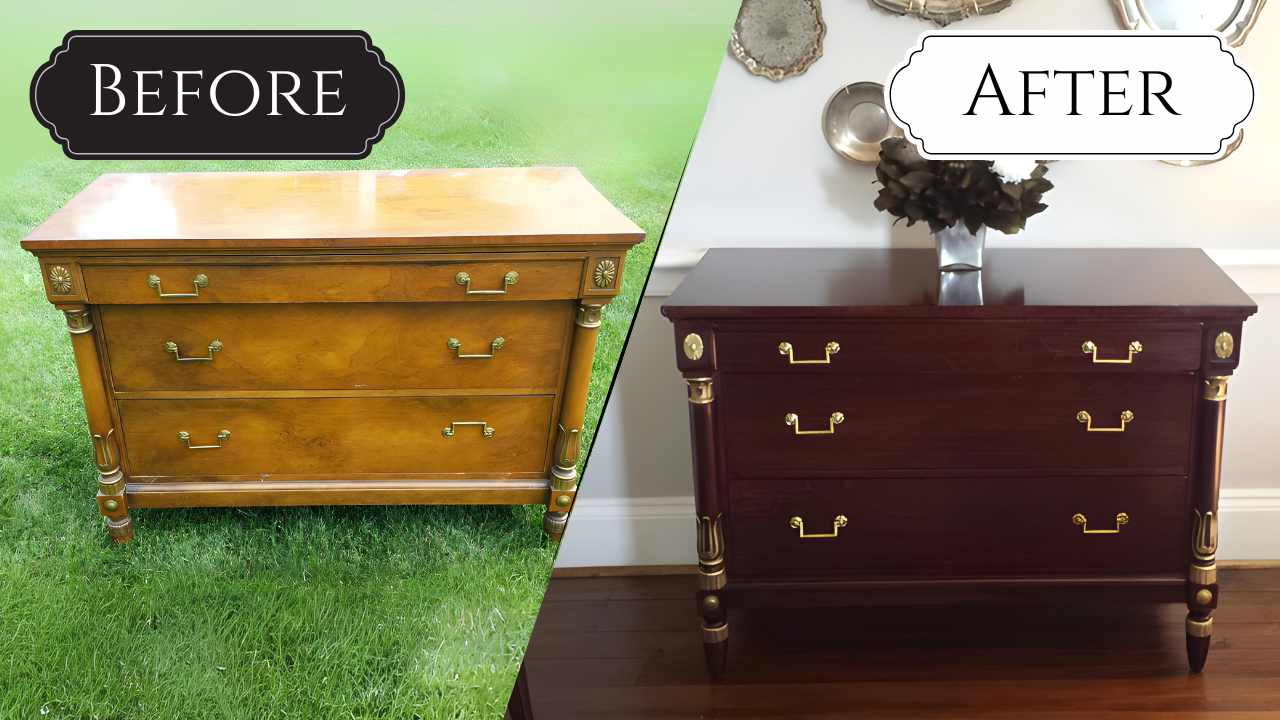How many lives will your Gat Creek furniture have?

Customization and Longevity
With so many available materials, finishes, and hardware options, we can custom-build your Gat Creek order to complement any decor, coastal to contemporary, Mid-Century to farmhouse. But what if, ten or 20 years down the road, you redo the room and want a new look? Simple: turn to a pro.
Expertise in Furniture Restoration
Furniture restorer and refinisher John Mark Power has been knocking around cabinet shops since the early 1990s and in 2009 opened his shop in Harpers Ferry, West Virginia.
“I grew up in an early 19th Century farmhouse outside Waterford, Virginia, a town settled by Quakers,” Power said. “A beautiful house, with ornately carved mantels, that my mother filled with antiques. So I always had an affinity for well-made furniture.”
That affinity means he is up to most refinishing and restoration challenges; a dining table whose owner wants an entirely new finish color, say, or a chair with a leg broken across the grain. Whatever the issue, if the piece is made from solid wood, he will likely take it on and craft a beautiful solution. Power works with veneered pieces, as well, but modern veneered pieces can present unique challenges.


Challenges with Modern Veneered Furniture
“A customer had a recently purchased credenza,” Power said. “During a dinner party, a guest placed a Starbucks cup on the top surface, where it stayed overnight. Heat and steam from the cup caused the substrate below the veneer to swell, causing a permanent raised bump. If the piece had been made from solid wood, the damage could have been sanded to level. The affected area then touched up or the entire top refinished.
“In this case, leveling the surface would have most likely resulted in sanding through the veneered surface, revealing the substrate, which was made of a mixture of wood fiber and glue,” Power added. “This would have spoiled the beauty of the veneer as well as exposing the surface to potential subsequent damage. As a restorer, my hands were tied. The only choices were to live with the raised surface or replace the piece.”
Not all veneered furniture poses the same potential for costly disappointment. Veneers are commonly found in the 18th and 19th Century antiques Power regularly restores and refinishes. The difference is the thickness of the antique veneers and the quality of the substrate material — what lies underneath.
The Advantage of Solid Wood
“The beauty of solid wood allows for endless renewal, transcending trends and generations.”
Power noted that most modern veneers cover plywood or composite substrates like MDF (medium-density fiberboard). While that material is generally stable, it is more porous and absorptive. “Like a sponge,” Power said. “It does not do well once moisture penetrates the finish. Also, the veneers are so thin it’s easy to sand through and into the material underneath.” Which effectively ruins the furniture.
Veneer scorecard: prone to swelling/warping when exposed to moisture, difficult/impossible to repair, can’t be refinished to update/renew its look. It is a small wonder that Power holds solid wood furniture in high regard, and is especially complimentary of Appalachian hardwoods, the only material Gat Creek uses.
“In the 18th Century and early 19th, furniture builders used beautiful mahogany from the West Indies. Now most of what you see in the marketplace is exotic but very fast-growing and porous softwood,” Power said. “You set that wood up against maple, cherry, walnut and the hardwoods are going to win out every time. Not only for their ability to stay strong but for their beauty. Also, domestic hardwoods are not being shipped from across the globe and have a smaller carbon footprint.”
Transformation and Renewal through Restoration
In addition to beauty, Power finds solid hardwoods much easier and more satisfying to work with. “I just worked with a corner desk from the 1950s that was made from solid maple. The customer inherited it from their grandfather. They liked the lines but they wanted to change the color. We removed the finish and ebonized it with a jet-black stain. The beauty of an ebonizing stain as opposed to black paint is that you can see the grain coming through. So it went from a honey maple to dark black, and a much more contemporary look.”
Solid hardwood is given a new personality and passed along to the third generation in a family. Could that be done with a modern veneered piece? Chances are the results will break your heart if not the bank.


Meet John Mark Power, Master Artisan in Furniture Restoration
John Mark Power is a skilled cabinetmaker and artisan with a deep dedication to the conservation and restoration of antique furniture. With a focus on delivering high-quality workmanship at an affordable price, John brings a wealth of expertise to every project, whether it involves a cherished 18th-century heirloom or a modern 21st-century piece. Specializing in custom turning and carving, he has a keen eye for detail and a commitment to returning each piece to its original beauty and luster. We invite you to explore his photo gallery to witness the extent of his craftsmanship. For inquiries or further information, please feel free to reach out to him.
